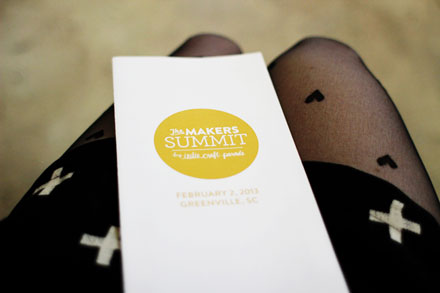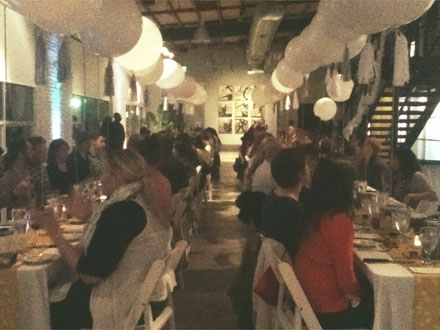Although a cliche expression, when it comes to product photography, a picture is truly worth a thousand words. Whether you're trying to stand out on Etsy, pitch your product to a wholesaler, or simply apply for a craft show (hint hint), most often your work is only as good as your photographs. If people can only see your work...they can't touch, try on, or experience how great your stuff is...they WILL make judgments only on what they see. Perfect example, for the jurying of Indie Craft Parade participants, everything is anonymous. The jury can only see the photographs of artists work. No names, no extra information.
So obviously, we think this issue of product photography is a big deal. Therefore in the month of May we will be addressing it as we help people prepare for Indie Craft Parade applications and beyond. Expect guest bloggers, example works, and other tips to make your application the best possible.
To start off with we've had a great offer from local photographers Michelle and TJ Getz. Michelle knows the value of good product photography, and she came up with the idea of hosting/teaching a product photography class while attending The Makers Summit. On Saturday May 18 Getzcreative Photography will be hosting a limited attendance class to help people get the most out of their product photography. They have a keen eye for details, and for all of the skills you could develop from the class, the price really is a steal.
See the details from Michelle below:
Product Photography Class
Attention Crafters! Let us teach you how to take good product photos on your own! Learn how to use background, props, and available light. Avoid the common photography mistakes. Bring your own product, bring your camera (yes, even iPhones will work), and we will help you use what you have to showcase your particular product.
When: Saturday May 18; 10 am to 12 noon Where: Getzcreative Photography Who: Open to anyone, but there only 10 spaces available How Much: $45
Email shootme@getzcreative.com or call 864-354-2548 to reserve your spot today!

















































































